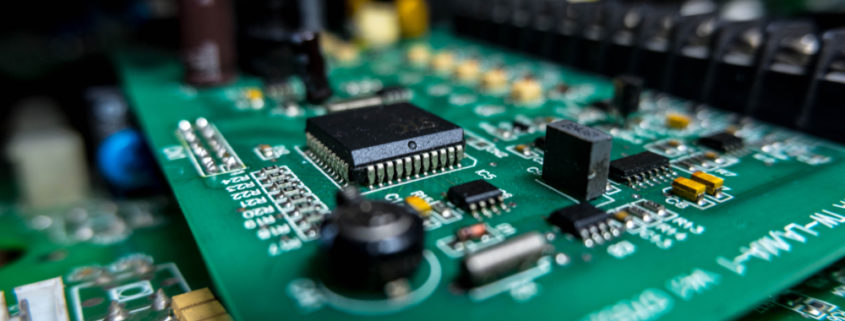FAQs on System-on-a-chip
What is System-on-a-chip?
SOC is an Integrated Circuit that may contain digital, analog, or mixed-signal functions used in computer or electronic systems. It essentially combines all electronic circuits needed into one single integrated chip.
A SOC usually is composed of utility software applications, operating systems, microprocessors or digital signal processors, RAM or ROM, power-on reset generators, and counter timers. These days, SOCs are found inside mobile devices such as smartphones and tablets.
Why use SOC?
The use of SOC is mainly to reduce the use of space occupied by large systems. With SOC, size is downsized, spending cost is lowered, and energy waste reduced too.
What are the Uses of a System-on-a chip?
SOC has become an integral part of today’s modern era specifically in the world of electronics and technology. Today, SOCs are mainly used in portable equipment such as cameras, smartphones, tablets, wireless technologies, personal computers, laptops, netbooks, and many more.
What are the Components of System-on-a-chip?
The components of a system-on-a-chip depend on its use or purpose. Since SOCs are commonly used in portable devices such as tablet and phones, these are the regular components used of such portable devices:
- CPU – the heart of what’s inside the SOC. CPU or Central Processing Unit is responsible for most responses and decisions by receiving input from other SOC components. Most CPUs have more multiple cores inside, about 2-8 cores to be able to perform parallel processing.
- GPU – or Graphical Processing Unit or also known as video chip is responsible for 3D games in your portable or mobile device.
- Image Processing Unit – responsible for converting phone camera data into image and video files.
- Digital Signal Processor – handles more complex and intensive functions than the CPU like decompressing music files.
- Neutral Processing Unit – this component is used in high-end smartphones which functions include voice recognition and camera processing.
- RAM – Random Access Memory is used to store data. Basically, RAM is the computer’s short term memory that serves as the computer’s working space. A SOC must have RAM to be able to use apps and use software data.
- ROM – Read Only Memory is a computer memory that can store permanent and semi-permanent data. ROM is essential to boot firmware.
- Video Encoder/Decoder – handles the conversion of video files.
- Modem – responsible for cellular or network connectivity. Smartphones will not work without a modem that works by connecting to radio networks.
What are the Benefits of SOC?
- Space-saving
- Cost and time effective
- Powerful
Which are the Leading System-on-a chip Manufacturers?
There are multiple numbers of SOC manufacturers today to address the growing needs to power portable devices. Samsung, Huawei, MediaTek, Qualcomm, Broadcom, and NVIDIA are the largest manufacturers of SOCs worldwide.
Aside from making high-end phones, Samsung and Huawei also produce their own SOCs. On the other hand, Broadcom mainly manufactures SOCs for wireless and networking devices.
There is no doubt that system-on-a-chip is an important part of today’s wireless technology and will remain to be of greater importance in the coming years. It may be small but has changed the way we communicate through wireless technology.
Linear MicroSystems, Inc. is proud to offer its services worldwide as well as the surrounding areas and cities around our Headquarters in Irvine, CA: Mission Viejo, Laguna Niguel, Huntington Beach, Santa Ana, Fountain Valley, Anaheim, Orange County, Fullerton, and Los Angeles.






